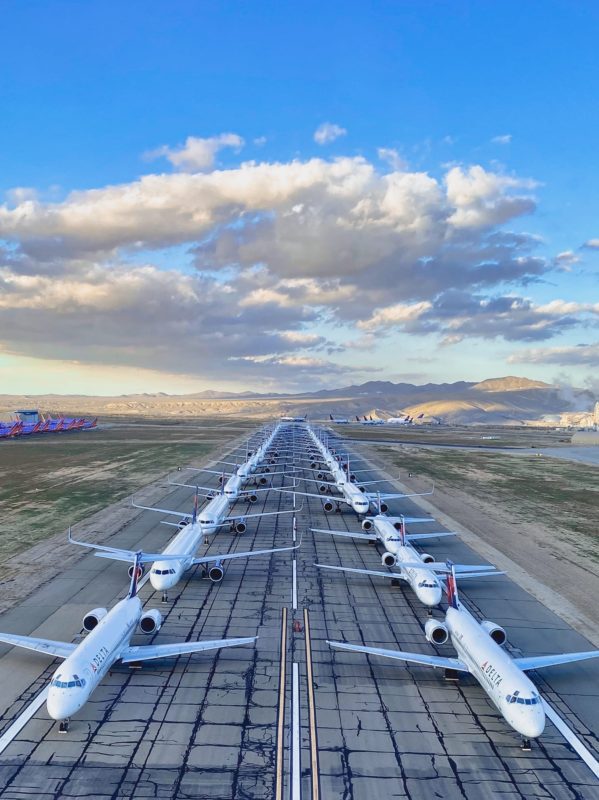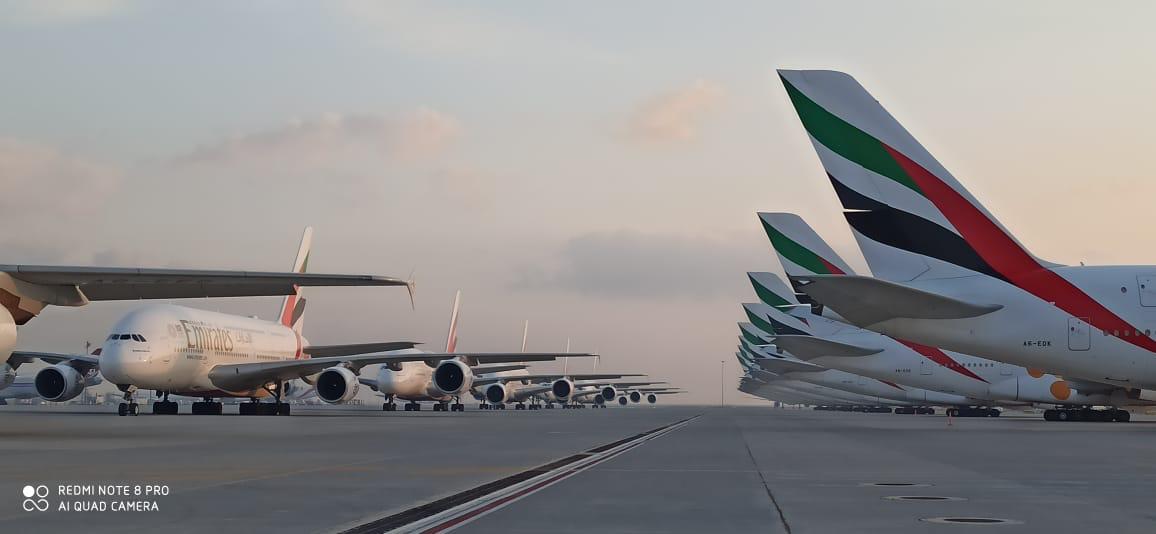The International Air Transport Association (IATA) issued its latest forecast for the industry on Tuesday, which estimates that the global airline market will lose $84.3 billion in 2020 as revenues fall 50% down to $419 billion.
“Financially, 2020 will go down as the worst year in the history of aviation. On average, every day of this year will add $230 million to industry losses. That’s why government financial relief was and remains crucial as airlines burn through cash.”
Alexandre de Juniac, IATA CEO.
Airlines will begin to recover next year as global passenger numbers are expected to lift to 3.38 billion, which is around the levels they were at in 2014.
Overall revenues in 2021 are expected to be $598 billion, which would be a 42% improvement on 2020 but still 29% below 2019’s $838 billion. In 2021, global losses are expected to be cut to $15.8 billion
De Juniac said that airlines will continue to be “financially fragile” in 2021 with passenger revenues remaining more than one-third smaller than in 2019.
“Airlines are expected to lose about $5 for every passenger carried. Competition among airlines will no doubt be even more intense. That will translate into strong incentives for travellers to take to the skies again."
The industry’s recovery is expected to be hampered by increased levels of debt, reduced passenger confidence and an economic recession.

Costs are not falling as fast as demand. Total expenses of $517 billion are 34.9% below 2019 levels but revenues will see a 50% drop. Non-fuel unit costs will rise sharply by 14.1%, as fixed costs are spread over fewer passengers. Lower utilisation of aircraft and seats, as a result of restrictions, will also add to rising costs.
Fuel prices however do offer some relief. In 2019 jet fuel averaged $77/barrel whereas the forecast average for 2020 is $36.8. Fuel is expected to account for 15% of overall costs (compared to 23.7% in 2019).
Cargo is the one bright spot. Compared to 2019, overall freight tonnes carried are expected to drop by 10.3 million tonnes to 51 million tonnes. However, a severe shortage in cargo capacity due to the unavailability of belly cargo on (grounded) passenger aircraft is expected to push rates up by some 30% for the year. Cargo revenues will reach a near-record $110.8 billion in 2020 (up from $102.4 billion in 2019). As a portion of industry revenues, cargo will contribute approximately 26%--up from 12% in 2019.
| Region | Passenger Demand (RPKs) | Passenger Capacity (ASKs) | Net Profit | Remarks |
| Global | -54.7% | -40.4% | -$84.3b | |
| North America | -52.6% | -35.2% | -$23.1b | North America’s large domestic markets and financial support to US carriers under the CARES Act are expected to play a key role in the recovery. |
| Europe | -56.4% | -42.9% | -$21.5b | The progressive opening of intra-European travel has the potential to boost the recovery, provided onerous quarantine measures are avoided. Strings attached to government relief packages, particularly for environmental purposes, will need to be carefully managed to avoid unintended consequences such as damaged competitiveness. |
| Asia-Pacific | -53.8% | -39.2% | -$29.0b | Asia-Pacific was the first region to endure the brunt of the COVID-19 crisis. It is expected to post the largest absolute losses in 2020. |
| Middle East | -56.1% | -46.1% | -$4.8b | Lower oil prices will add extra pressure to a difficult economic situation within the region. The recovery for the region’s super connectors could be delayed, with the expected phasing of the re-start with domestic and regional followed by long-haul international routes. |
| Latin America | -57.4% | -43.3% | -$4.0b | Latin America entered the crisis with a delay. The region’s governments have implemented some of the most draconian measures in terms of border closures which could both delay and slow down the recovery. |
| Africa | -58.5% | -50.4% | -$2.0b | The course of the virus in this region is yet to be fully seen. Nevertheless, border closures have all but stopped flights. International donors will be needed to supplement the limited means for the region’s governments to provide relief packages. |
Article Source: IATA latest release


